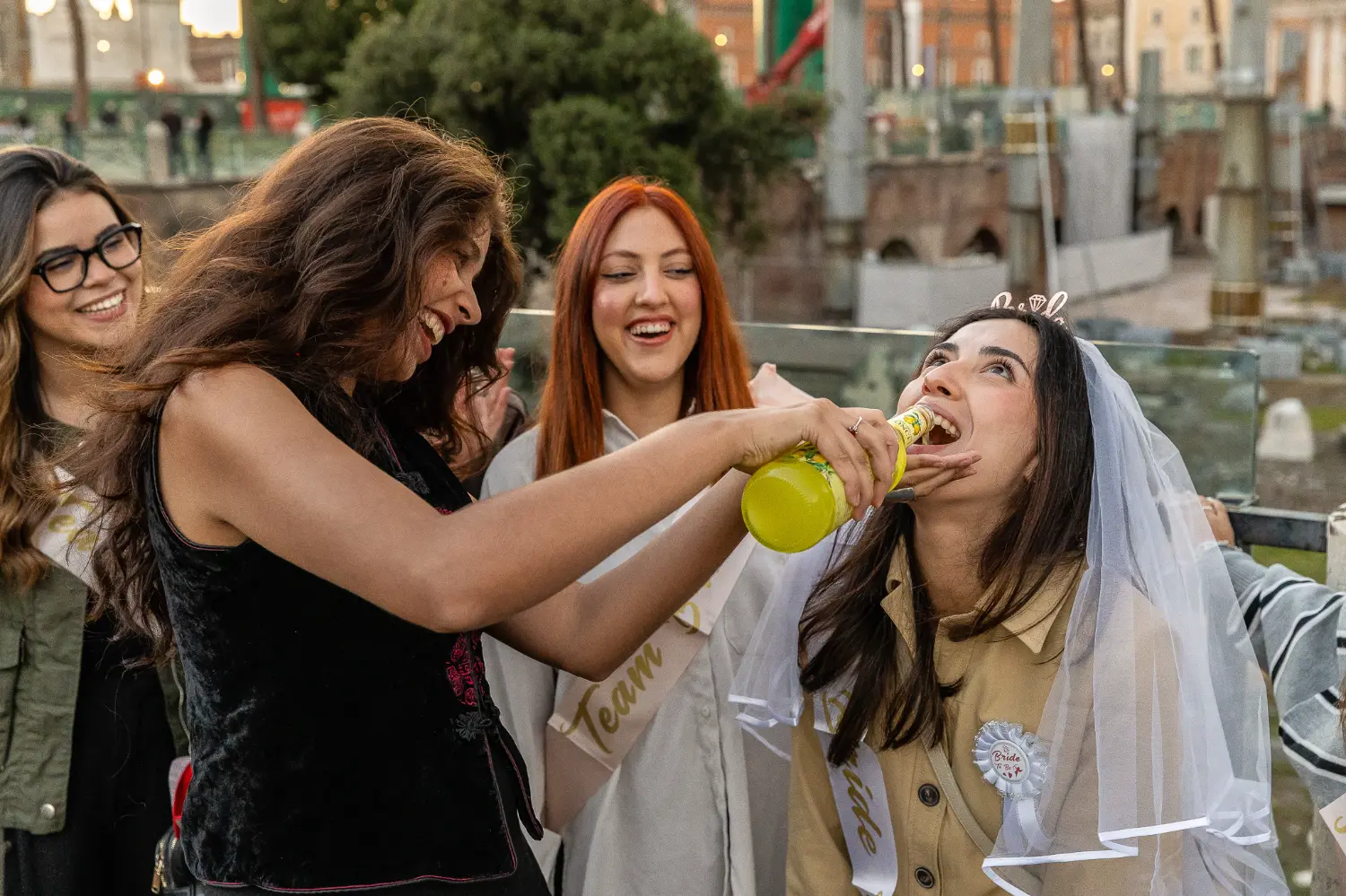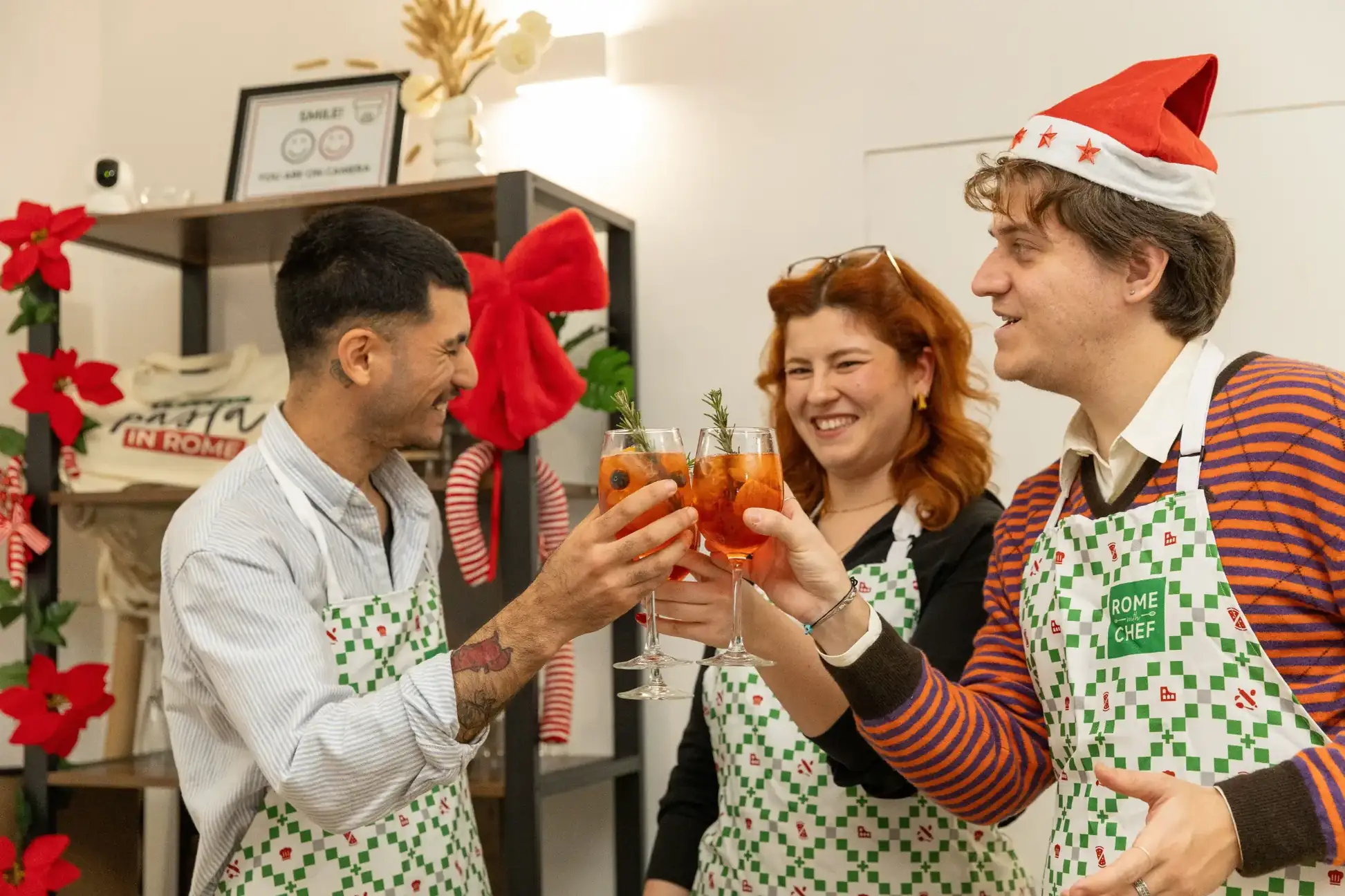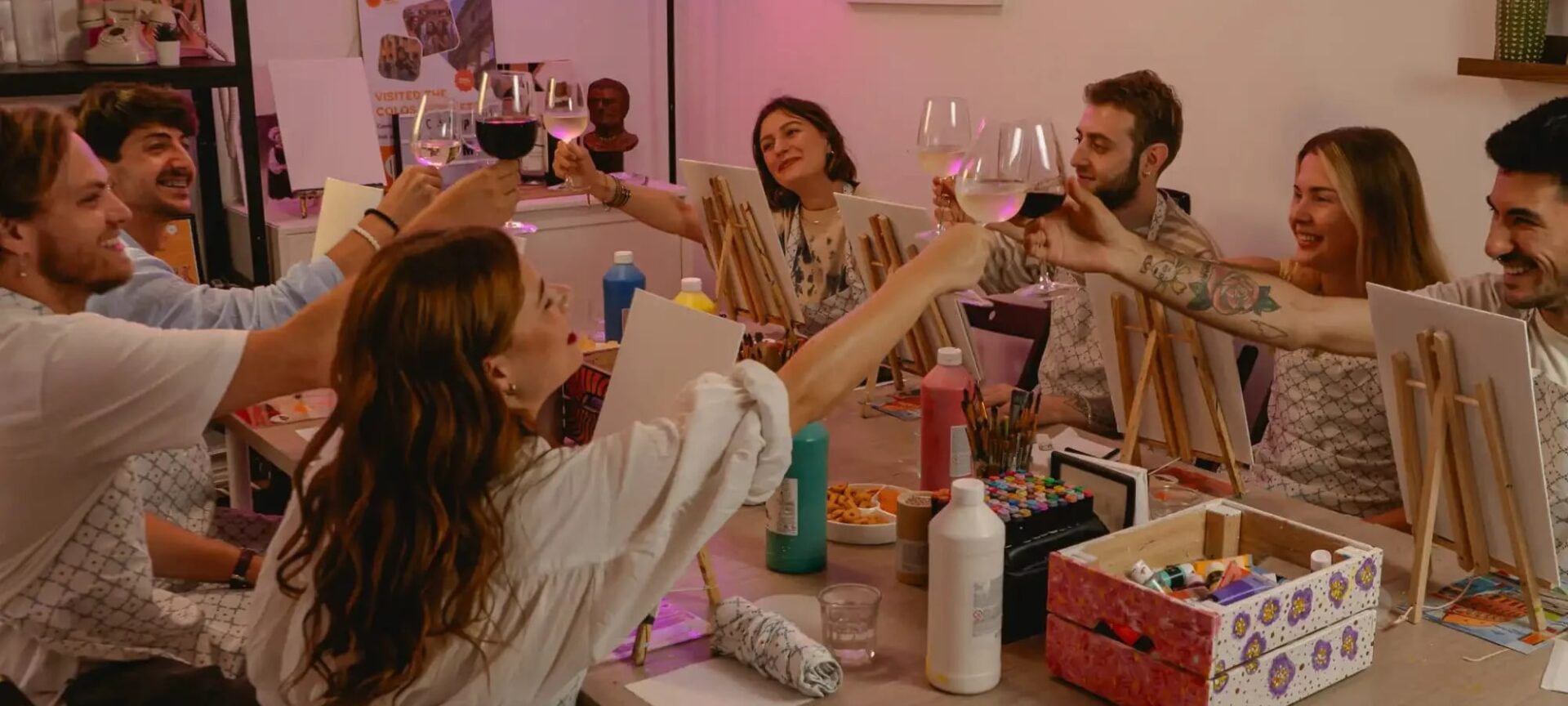December 20 marks National Sangria Day in the US, a day in which we celebrate the festive, fiery red, and deceptively intoxicating wine-based punch that embodies the spirit of Spain. Its fruity favour blends red wine, chopped fruits, sweetener and a splash of brandy or Cointreau orange liqueur.
The Spanish usually drink Sangria with Tapas-style snacks.
History of Sangria
It’s difficult to pin down where or when Sangria was invented.
Most people point to the Iberian peninsula (from either Spain or Portugal) or Italy during the Middle Ages, but the practice of mixing red wines with fruits goes back to antiquity. The Romans had a habit of blending their wine with water to kill off harmful bacteria. But the practice of ‘spicing’ wine comes from the Middle Ages when people would drink a spiced wine called hippocras as an after-dinner digestif, while the history of fortifying wine with various herbs and spices dates back to 15th-century Hungary.
It wasn’t until the 1964/65 edition of New York’s World Fair that Americans first tasted the fruit (incidentally this was also the first time Americans tasted Belgian Waffles and real Japanese Sushi). Its impact was immediate, captivating international palates with its unique blend of wine, fruit, and spices.
Today, Sangria is enjoyed worldwide, with each country adding its own fruity or liquor-based twist. Perfect as a pitcher for summer beach parties or a punch bowl at dinner parties and get-togethers, Sangria is as versatile as it is universally popular. (And doesn’t have to leave a killer hangover if you splash in a bit more juice or water).
Sangria, in its simplicity, pays testament to the beauty of blending. Here’s how you can create this fruity Spanish cocktail at home:
Quick & Easy Sangria Recipe
Serves: 4
Time: 4+ hours
Ingredients:
- 1 bottle of Spanish red wine (Tempranillo or Rioja recommended)
- 1/4 cup brandy
- 1/4 cup orange liqueur (Cointreau or Triple Sec)
- 2 tablespoons sugar
- Assorted fruits (oranges, lemons, berries, apples)
- Optional: cinnamon stick
- Ice
- Sparkling water (optional)
Method:
- Pour wine, brandy, orange liqueur and sugar/sweetener into a large pitcher. Stir until the sugar dissolves.
- Add chopped fruits and a cinnamon stick.
- Refrigerate for at least 4 hours (or overnight for flavours to infuse most effectively).
- Pour over ice, and top with sparkling water to dilute, if needed.
White Sangria: a lighter twist
White Sangria swaps red wine for white wine to create a lighter, less tannic and more refreshing punch. Often made with white wines like Sauvignon Blanc or Pinot Grigio, White Sangria favours fruits like peaches, nectarines, and grapes instead of the citrusy oranges, lemons and berries found in traditional Red Sangria.
How many calories are in Sangria?
A standard serving of Sangria contains about 150-200 calories, varying with the ingredients used. That’s slightly more than other aperitifs, like Italy’s Aperol Spritz (125) or Campari Spritz (135).
Barcelona Tipsy Tour: Sangria and Stories
Get a real taste of the Catalan capital on our Barcelona Tipsy Tour.
Starting in El Born district at 8pm, before the night gets going, the Tipsy Tour is more than just a bar crawl; it’s a unique nightlife experience that brings together fun, young travellers and wows them with sexy, scandalous stories.
Book Your Barcelona Tipsy Tour

Barcelona’s tapas culture is rivalled only by Madrid’s. Discover Barcelona’s best tapas bars where the locals go to hang out late into the night on our Tipsy Tapas Food Tour. You and your local foodie guide will visit at least four food joints in the historic El Born and Gothic District, tasting all the local flavours paired perfectly with Catalan drinks.






